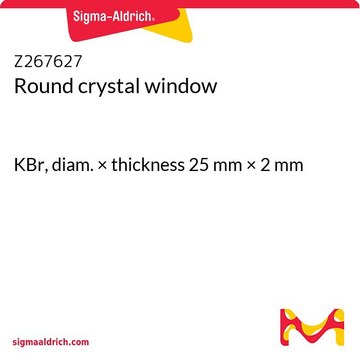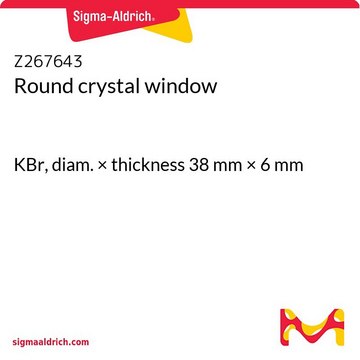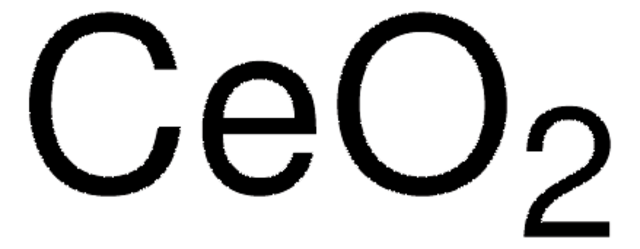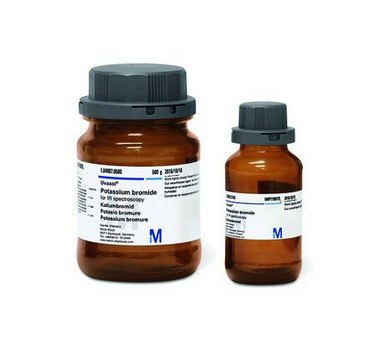915033
TissueFab® bioink Bone
Vis/405 nm
Synonym(s):
3D Bioprinting, Bioink, GelMA, TissueFab
About This Item
Recommended Products
description
0.2 μm sterile filtered
suitable for 3D bioprinting applications
Quality Level
form
gel form (viscous)
impurities
≤5 CFU/g Bioburden (Fungal)
≤5 CFU/g Bioburden (Total Aerobic)
color
white
pH
6.5-7.5
application(s)
3D bioprinting
storage temp.
2-8°C
Looking for similar products? Visit Product Comparison Guide
Related Categories
1 of 4
This Item | Z112178 | Z112135 | Z112151 |
|---|---|---|---|
| material KBr | material KBr | material BaF2 | material NaCl |
| packaging pkg of (contains 1 window) | packaging pkg of (contains 1 window) | packaging pkg of (contains 1 window) | packaging pkg of (contains 1 window) |
| technique(s) IR spectroscopy: suitable | technique(s) IR spectroscopy: suitable | technique(s) IR spectroscopy: suitable | technique(s) IR spectroscopy: suitable |
| diam. × thickness 32 mm × 3 mm | diam. × thickness 32 mm × 3 mm | diam. × thickness 32 mm × 3 mm | diam. × thickness 32 mm × 3 mm |
Application
Packaging
Legal Information
Storage Class
12 - Non Combustible Liquids
wgk_germany
WGK 3
flash_point_f
Not applicable
flash_point_c
Not applicable
Choose from one of the most recent versions:
Certificates of Analysis (COA)
It looks like we've run into a problem, but you can still download Certificates of Analysis from our Documents section.
If you need assistance, please contact Customer Support
Already Own This Product?
Find documentation for the products that you have recently purchased in the Document Library.
Customers Also Viewed
Our team of scientists has experience in all areas of research including Life Science, Material Science, Chemical Synthesis, Chromatography, Analytical and many others.
Contact Technical Service













